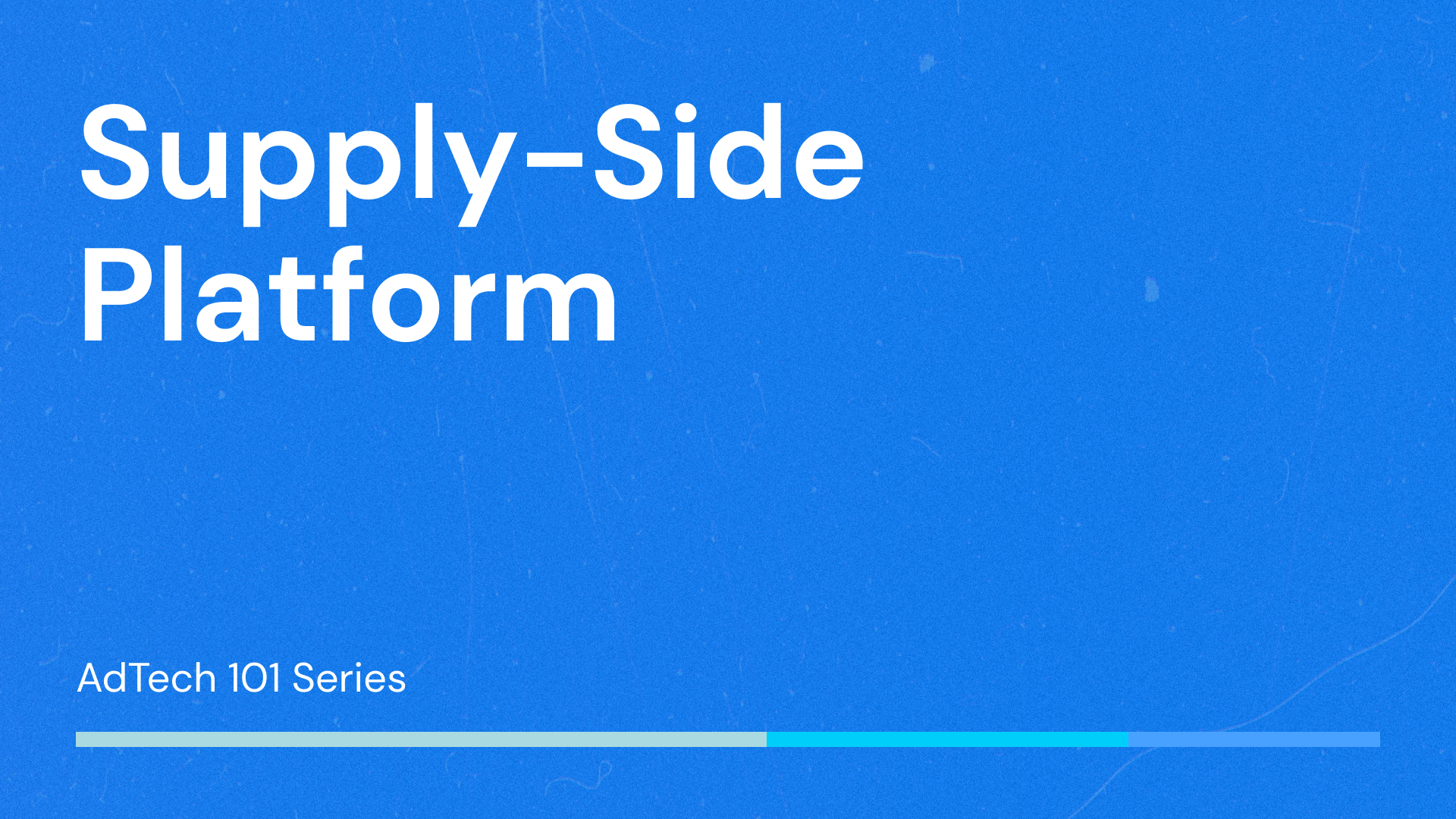Table of Contents
What is SSP?
SSP stands for Supply-side platform, it is used by publishers to sell and optimize their digital material. Sometimes referred to as a sell-side platform, it automates and simplifies the process of selling inventory through RTB (real-time bidding) auctions.
How Does an SSP Work?
Step-by-step explanation of the SSP processes:
- Integration: publishers integrate their ad inventory, such as websites or apps, into the SSP.
- Monetization: the SSP helps integrated publishers monetize their ad material by connecting them to the demand side (advertisers) via collaborating with another platform – DSP.
- Real-time auctions: in the RTB, SSP initiates multiple real-time auctions during which the advertisers bid to present their ad inventory to the publisher’s viewers. Although the highest wins, the second best is delivered to the eventual viewer.
- Evaluation and monitoring: SSP provides careful insight into the ad’s performance and success after showing it to the publisher’s audience. Different metrics, such as fill rate, CPM, and generated revenue, can be analyzed.
SSP and DSP: The Same Thing?
Despite similarities, RTB participants use these platforms for opposite purposes. As mentioned before, SSP is the sell-side, which refers to integrating with publishers; whereas DSP (demand-side platform) works primarily with the demand side – advertisers. Hence, DSP optimizes advertisers’ ad inventory and facilitates the process of buying publishers’ ad material.
Nevertheless, both platforms are complementary and ensure the communication between the two sides of buying and selling the ad inventory. In addition, they also work with participants of RTB, like Ad Exchange and Ad Network, creating an ecosystem for both sides of RTB.
Examples of SSP Platforms
BidsCube gladly serves as an SSP platform in the RTB, providing its partners with high-quality, relevant demand inventory and ensuring maximized revenue through various formats and channels.
Nevertheless, the classic examples of SSPs are:
- PubMatic, founded in 2006, is the world’s leading SSP, enabling publishers to manage their digital inventory and gain revenue via various ad formats, including displays, video, mobile, and native.
- Rubicon Project (currently Magnite) was founded in the following 2007, the company is a global SSP that connects publishers with a vast network of advertisers and buyers through its automated advertising marketplace. Rubicon Project offers publishers access to premium demand sources, real-time analytics, and ad optimization tools.
- Google Ad Manager is a comprehensive ad-serving platform that includes SSP functionality. It allows publishers to manage their ad inventory, sell ad space programmatically through real-time bidding (RTB), and maximize revenue across various formats and channels.
Benefits of Using SSP for a Publisher
Besides providing a streamlined connection with the demand side of RTB, supply-side platforms offer multiple benefits for the integrated publishers:
- Managing ad inventory: working with the SSP platform, it becomes more convenient and cost-efficient to manage the publisher’s offered ad material.
- Access to demand sources: due to the constant collaboration with the demand side, SSPs can provide access to multiple demand partners, maximizing the publisher’s revenue within a certain period.
- Ad Quality is another vital aspect of working with supply-side platforms, which is their ability to trace and segregate the quality and relevance of the ad material that the demand-side provides. Therefore, it ensures that the final audience will view ads according to their specific preferences and interests.
- Convenience, in terms of real-time bidding, SSPs are much more convenient since they participate in the automated bidding process without any manual actions required from the publisher.
FaQ
Does SSP work directly with the advertiser?
No, the platform is collaborating with the demand-side platform (DSP) since there is no streamlined connection between SSP and the advertiser. When combined, both platforms build the link, which facilitates the process of buying and selling the ad inventory.
Can one company be both SSP and DSP?
Yes, depending on the company size and the presence of suitable servers, one company can incorporate both platforms.
Is WLS SSP the same as SSP?
Yes. White Label Solution (WLS) SSP performs the same function as regular SSPs. However, WLS servers do not belong to the company presented as SSP. They are owned by the platform providing such WLS services.
This Article's Ad Tech terms

